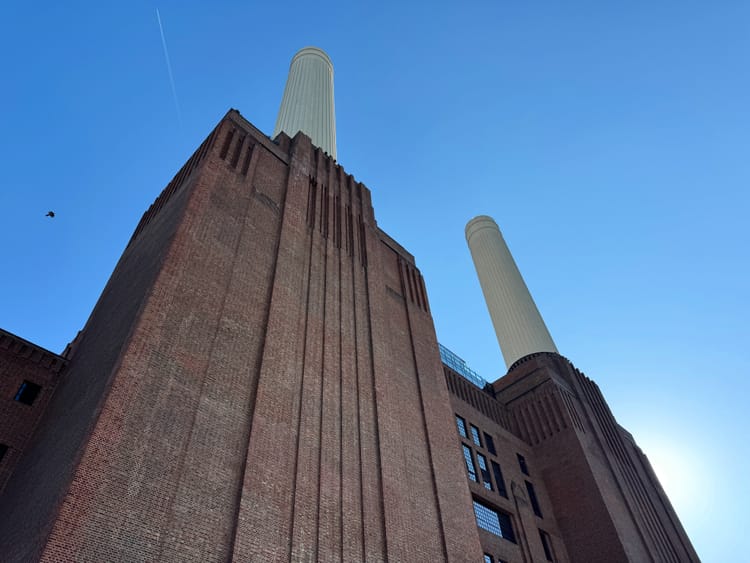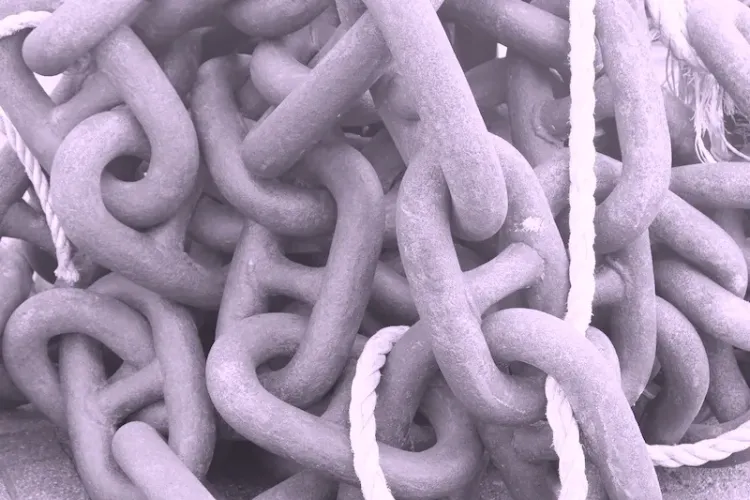Bulletin 11 January 2019. The Nature of Incremental Legacy
Of Mice, Trains and IT budgets
“Innovation,” I once said, “is like a mouse running on the roof of a moving train.” Suffice to say that (as often happens, but I have learned to deal with it) my remark was met with a blank look. “You see,” I started, and then realised that, like all good miners, I needed to know when to stop digging.
Until now. You see, there’s always more someone can do. If someone comes up with a great idea to, say, completely change how we approach booking overnight stays, than before long someone else will offer a service to help with the booking process, or offer a post-stay clean, or, well, you get the picture.
And, as the original service commoditises, the bolt-on services become the differentiator. Or, to go back to the scenario, as the train becomes the rails, the mouse becomes the train. The cycle continues, with new mice ready to sprint along the top of the carriage, at a relatively faster speed.
I really should stop digging before the analogy loses any semblance of credibility (How can the mouse eat? What if it is blown off by a sudden gust of wind? Where is the train going anyway? Etc). This incremental nature drives how one wave of innovation can seed another, and of course feeds the agile, “be prepared to change” thinking.
Meanwhile, another, related hypothesis that I have been banding around over the decades is that nothing ever really goes away. We have this idea that technology acts as a tsunami, sweeping away everything that goes before it… but in truth, old tech tends to stick around. You know, that stuff we call ‘legacy’.
An interesting, yet ultimately pointless debate whimpers on, around how so much time is wasted managing existing technology estates, leaving insufficient time for innovation (essentially, how can you simultaneously be a mouse and a train driver?). Pointless because, sure, it would be good to have more time… but what we like to write off as ‘legacy’ is actually better termed ‘reality’.
Once we have created things, we have to look after them, live in them, keep them well-maintained and efficient to operate. For sure, we may be able to manage just as well, if not better, with less stuff: a good clear-out leaves room to think, even if it feels like a waste of time overall. We need the things we have…
… even if we get someone else to manage them. Two other debates spring from this: first, the nature of outsourcing in a business, in terms of how to give to others things that they are better at, so we can get on with what we are good at. Staff canteens, for example, or indeed, cloud-based infrastructure.
The second debate involves what we want to innovate on, and how to afford the cost of innovation. Existing infrastructure (whatever it is) will have a cost of maintenance and improvement: we can get this down, but we can’t do away with it. Meanwhile, innovation also has a cost, which is more around how much effort we want to allocate towards it.
The bottom line is that these two costs do not have to be linked: indeed, they should not, as doing so suggests that one can in some way impact the other. Rather than an IT budget which robs Peter the train driver to pay Paul the mouse, the two need separate philosophies. Breaking the link could be the single most important thing any organisation makes on its path to innovation.
All the best,
Jon
P.S. While this bulletin was started on a train, it was completed on a number 36 bus from Paddington Station. No mice were in sight.


